PAUL KUPPERBERG’s DIRECT CREATIVITY: Talking with Roy Thomas, Gerry Conway, Christopher Priest, Mindy Newell and MORE…
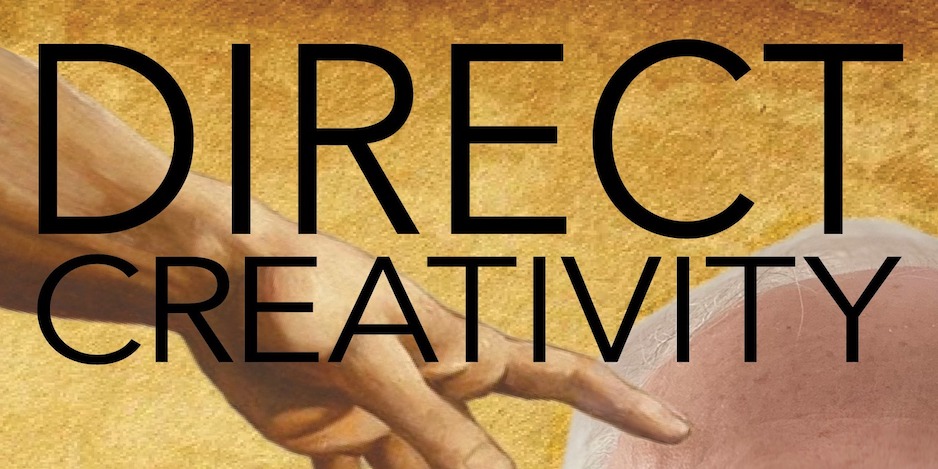
By PAUL KUPPERBERG
The end is near… of the Kickstarter campaign for Direct Creativity: The Creators Who Inspired the Creators — with an introduction by 13th Dimension’s own Dan Greenfield! — that is. But don’t worry—there’s still time to support it until Tuesday, February 27, 2024, at 3:32 p.m. (EST)!
If you’ve been seen any of the earlier installments of MY 13 FAVORITE DIRECT CREATIVITY QUOTES, you’ll know it’s the follow up to my two earlier books of interviews, Direct Comments: Comic Book Creators in their Own Words and Direct Conversations: Talks with Fellow DC Comics Bronze Age Creators (both of which are available as add-ons on the Direct Creativity Kickstarter, as is Paul Kupperberg’s Illustrated Guide to Writing Comics).
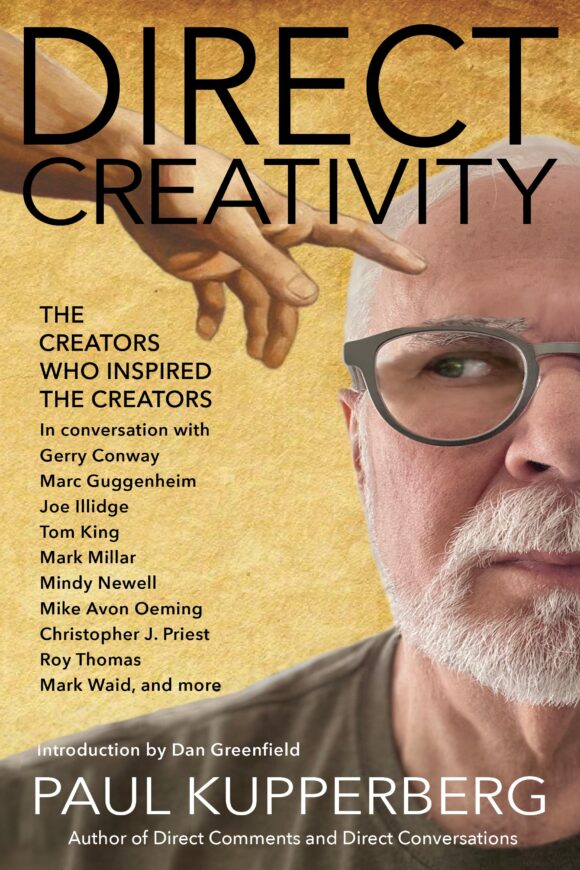
The creators are D.G. Chichester, Mike Collins, Gerry Conway, Mike DeCarlo, J.M. DeMatteis, Dan DiDio, Marc Guggenheim, Joe Illidge, Barbara Kaalberg, Tom King, Mark Millar, Mindy Newell, Mike Avon Oeming, Chuck Patton, Christopher J. Priest, Rick Stasi, Roy Thomas and Mark Waid, and the question I asked them was: Who, or what, inspired you most in your development as a comic book creator?
A hearty “Thank you!” to all who have already supported Direct Creativity and a pitiful “Please!” to those who haven’t at least clicked on over to Kickstarter to have a look!
Here then, MY 13 FAVORITE DIRECT CREATIVITY QUOTES, PART 4: The Road From Fan to Pro:
—
Roy Thomas: “But all roads lead back to Julie Schwartz. (Letter writer) Jerry (Bails) went to New York in February of 1961 to give a lecture at a college on Long Island and arranged to visit DC Comics while he was there. He told Julie he wanted to do a newsletter to help boost the new Justice League of America title, and Julie said, “Well, then you should look at what other fanzines are doing,” and he pulled out the first three issues of Dick and Pat Lupoff’s science fiction and comics fanzine, Xero (1960 – 1963). By the time Jerry left, he’d changed his idea for something he was going call “The JLA Newsletter” to Alter Ego, which would have a wider scope than just the Justice League characters. But Jerry got the inspiration from Julie, who had himself published SF fanzines 30 years earlier, and that led to The Comic Reader, which I think influenced Don and Maggie Thompson’s Comic Art (1961 – 1968), which led to their Newfangles (1967 – 1971).”
Kupperberg: “And Don and Maggie’s announcement that they were bringing Newfangles to a close was what inspired Paul (Levitz) and I to start our fanzine, Etcetera, to replace it as a newszine, and Etcetera would eventually take over the subscription list and name The Comic Reader from Mark Hanerfeld, bringing everything full circle.” [Laughter]

—
Gerry Conway. “A newspaper strip was what all the artists were shooting for in the 1950s and ’60s. Neal Adams, who’d had a strip (Ben Casey, 1961 – 1964) was one of the first people who moved from commercial art to comic art, but Neal went into comic books because he wanted to do them, not because he didn’t have any other choice. For a lot of artists, comics was not their first choice. But Neal, and Roy and all the rest of my generation of writers in particular, we were fans and we really wanted to tell complex stories and build these rich stories for the companies we loved. Which I think was a passion that the older writers just literally couldn’t understand.”
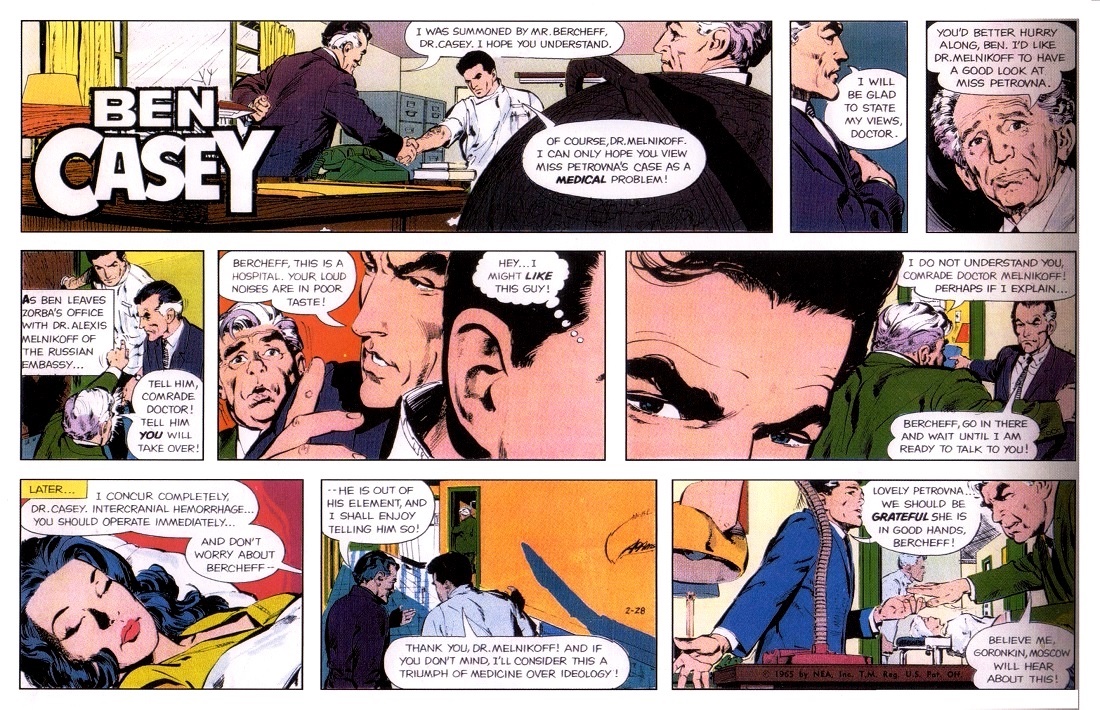
—
Marc Guggenheim. “Back in those days, Marvel had a checklist of the month’s books on the Bullpen Bulletins page, with short one sentence descriptions of what was happening in them. I saw The Uncanny X Men #139 (November 1980) on the checklist, thought it sounded interesting, and was so blown away when I read it. And reread it. I basically kept reading it until it was falling apart in my hands. I don’t know why, but it affected me in a way that no comic ever had before. That was my introduction to Chris Claremont and John Byrne. And the sort of gateway to other creators doing the cool stuff. Frank Miller. Walter Simonson. George Perez. Marv Wolfman. If you asked me who my favorite characters were, I’d have told you I was following the creators, not the characters.”

—
Mike DeCarlo. “What gets me is how ridiculously prolific these artists were. I mean, talk about inspirational. Jack Kirby, how many pages do you think he was turning out for Marvel then? And Steve Ditko. Spider-Man and Dr. Strange for Marvel and he’s still doing stuff like Gorgo for Charlton. Curt Swan was doing probably two or three books a month and Carmine Infantino was doing the same or more. Plus, covers! And it wasn’t junk. I’ve got collected editions of those comics and the quality holds up today. And we haven’t even mentioned Joe Kubert and Gil Kane. It was so darn good, and they did it every month. I just wanted to be able to do what they did for a living, so I really studied these artists. I still study them. And when I found out which artists they had studied, like Hal Foster, or that John Buscema studied under Burne Hogarth, I had to check them out too. These guys had been tutored and schooled in the fundamentals. They knew their stuff.”
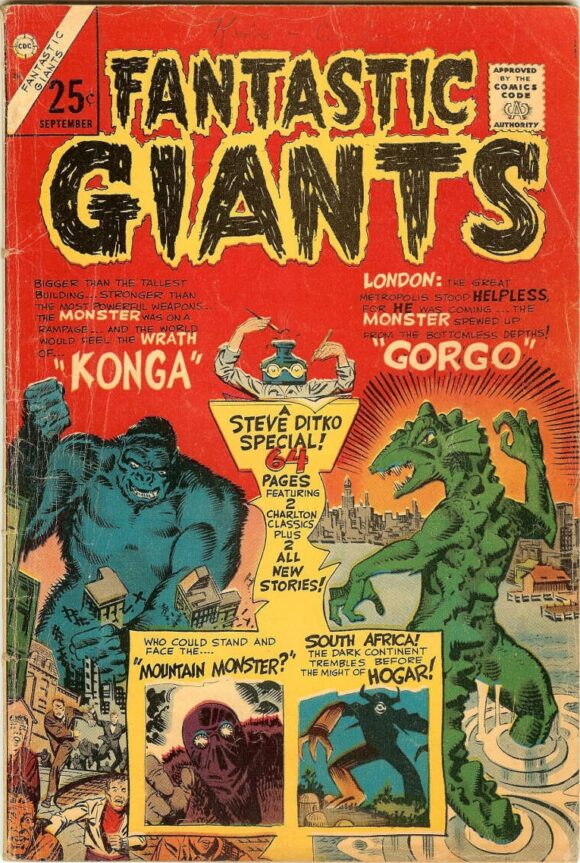
—
Joe Illidge. “Right before Milestone, a comic I loved was New Warriors, written by Fabian Nicieza, with art by Mark Bagley. One of the reasons I liked it so much is because the leader was a young black man who was a millionaire. So, I didn’t have Batman, but I had Thrasher. Although even in his coolness, he was a guy who rode a skateboard, you know? [Laughter] He was literally a thrasher. That part I couldn’t really wrap my mind around. You’re a multimillionaire and you’re riding around on a skateboard?”
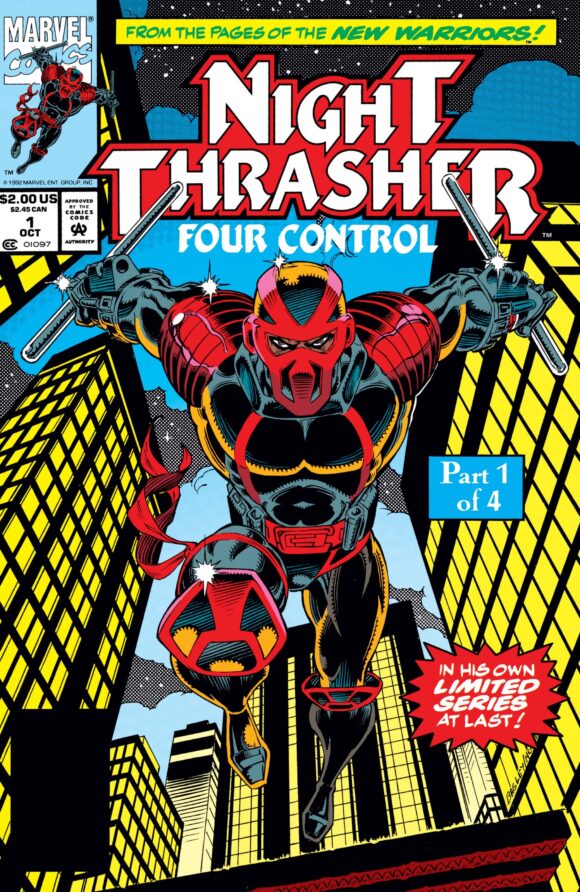
—
Tom King. “My moral values were formed by reading Superman and Batman. And so, when 9/11 happened, I asked myself, ‘What is a superhero?’ They’re the ones who go and fight the bad guys. And now there were these bad guys. I mean, on some level, it was as simple as that. And, you know, when you’re in the CIA, you can’t tell anybody you’re in the CIA, so it’s sort of like having a secret identity. That’s perfect for me.”

—
Mindy Newell. “I had no background in writing. My brother says I used to write, but the only memory I have of writing is a science fiction story I wrote for class in the sixth grade. But even though I stopped reading comics, I guess I was never completely left that geek phase behind because I kept up with Star Wars and Star Trek, and, as I said, I got Starlog magazine. I also got Fantastic Films magazine, and Cinefantastique, and then a comic book shop opened in my neighborhood, and I went in to check it out. I was in the middle of a divorce, so I maybe I was just looking for some, you know, comfort food, and a return to comics and their happy memories of childhood. And that was right when Mike W. Barr and Brian Bolland’s Camelot 3000 maxiseries (1982 – 1985) came out. I picked that up and that’s what started me reading comics again.”
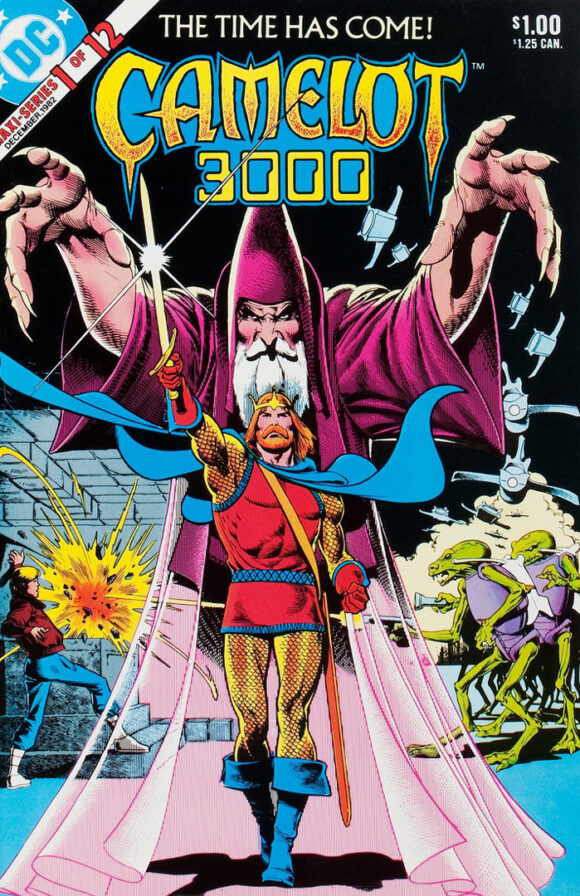
—
Christopher J. Priest. “Most regular people don’t understand what we do, or how time consuming it is, and how we need to focus. Birthdays, barbecues, picnics, all sound great, but you have to be creative by Monday and it’s Sunday and you haven’t written a single page. And it’s not that you’re creativity lazy. It’s because it’s magic. Try explaining that to people. ‘How long does it take you to write a story?’ I can tell you how long it takes me to type a script, but I have the story done in my head and on my yellow pad before I typed the story. How long does that take? It takes as long as it takes. My wife would make plans, but because I wasn’t finished yet figuring out how to get Batman out of the giant teacup, I couldn’t make it.”

—
D.G. Chichester. “I wanted to be like Archie (Goodwin). Especially his ability to look at a story and find its flaws. One of my favorite stories is the one he told me about reading the screenplay to Raiders of the Lost Ark when he was editing the comic book. He said the story didn’t work at all. This guy fails at everything, accomplishes nothing, and things would have ended the same way without him. He didn’t understand how the picture was supposed to work. Obviously, there’s a lot of reasons it works, but from a pure, storytelling point of view, it was eye opening. He had a really fierce commitment to quality. Like 91 percent of the time Archie was the brightest, funniest guy in the room. But every now and again, someone or something would get on his bad side, and you would see this red rage, you know, that matched his hair. And it was like, where did that come from?”
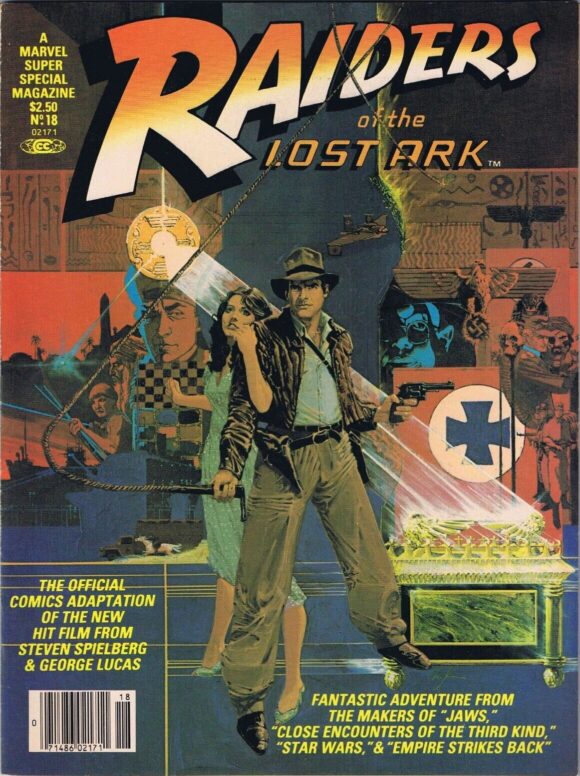
—
Mike Avon Oeming. “My favorite time for (Alex) Toth was during the ’70s, when his line work got so thick and chunky, and more animated. His Zorro art was more illustrative, and he got more abstractly expressive in a way with the horror stuff. You know, at the end, I found his address and I started writing to him because I’d heard he was a letter writer and he answered me, filling up both sides of the page, edge to edge, like a serial killer. [Laughter] But he was amazing. He was so driven, maybe too driven from what I’ve heard, and I know he could be difficult, but I got lucky, and he was very nice to me. You could read his passion in the letters as well as his art. One of the things that I loved about him wasn’t just his ability at his work, but his need to keep working.”
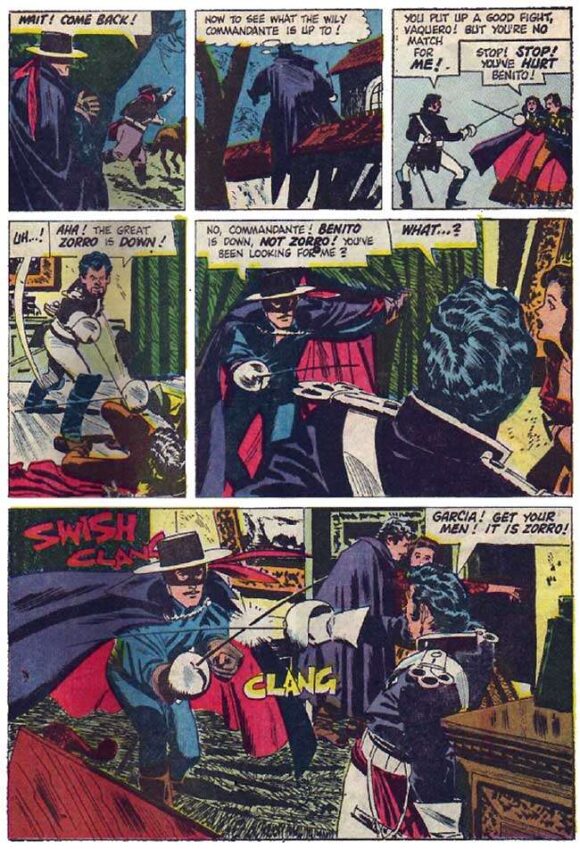
—
Chuck Patton. “I’ve been an artist all my life. I’ve always drawn every day, but I only ever had the usual art courses in school, you know, draw an apple or a banana or a horse on construction paper with crayons. I got in trouble in kindergarten, I clearly remember it, it was time for art, and I really got into it, just like I did at home. But my parents were used to it when I would draw, like I did that time in school, stuff like Custer’s Last Stand in the middle of War of the Worlds, with the Martian tripods attacking the Sioux and the Cavalry. It was all sorts of mayhem and I think coming from a five-year-old it scared them, so they had my parents come in. The teacher was concerned, wanting to know what I was watching on TV to be drawing stuff like this. And I clearly remember my mother saying, ‘My son’s an artist. There’s nothing wrong with him, he just sees things different than you and I.’”
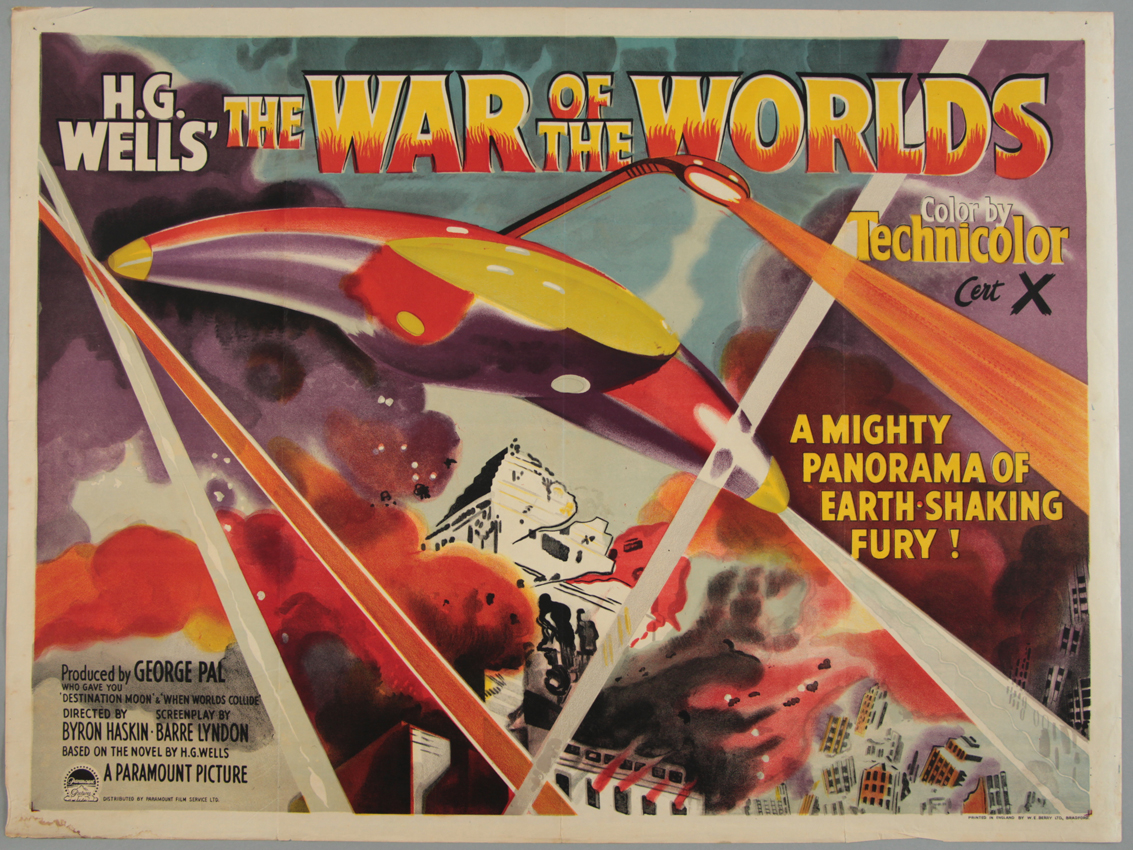
—
Barbara Kaalberg. “Not Superman so much. Captain America never did it for me either. They were too goody-two-shoes. I was more into the bad boys, like Tony Stark and Nightwing. I liked guys that were a bit more complex and had issues and were skating the edge of being an antihero. But after I graduated high school and went to college, I kind of fell out of comics for a while, although not out of reading fantasy and science fiction. I would kill a book or two every other day or so. I made a huge mistake the time I picked up The Lord of the Rings during finals week. That was a disaster of major proportions because I couldn’t put it down. I’m still a huge fantasy fan.”

—
Mark Waid. “I never wanted to be a writer. It never occurred to me that I could have enough ideas to write them on a regular basis. And even as a teenager, I knew I couldn’t draw. There was no hope of that. I don’t have the discipline to make the same breakfast every morning much less learn to draw. So, I grew up loving comics. I grew up with the Adam West TV show during the Bat-boom, and I also learned to read when I was a really young kid, in ’66, and I never stopped.”

—
ONE LAST TIME: There’s still time to check out and support the Direct Creativity Kickstarter campaign! What are you waiting for?
—
MORE
— PAUL KUPPERBERG: My 13 Favorite DIRECT CREATIVITY Quotes, Part 3: STUFF I LEARNED IN AND OUT OF SCHOOL. Click here.
— PAUL KUPPERBERG: My 13 Favorite DIRECT CREATIVITY Quotes, Part 2: RIGHT PLACE, RIGHT TIME. Click here.
